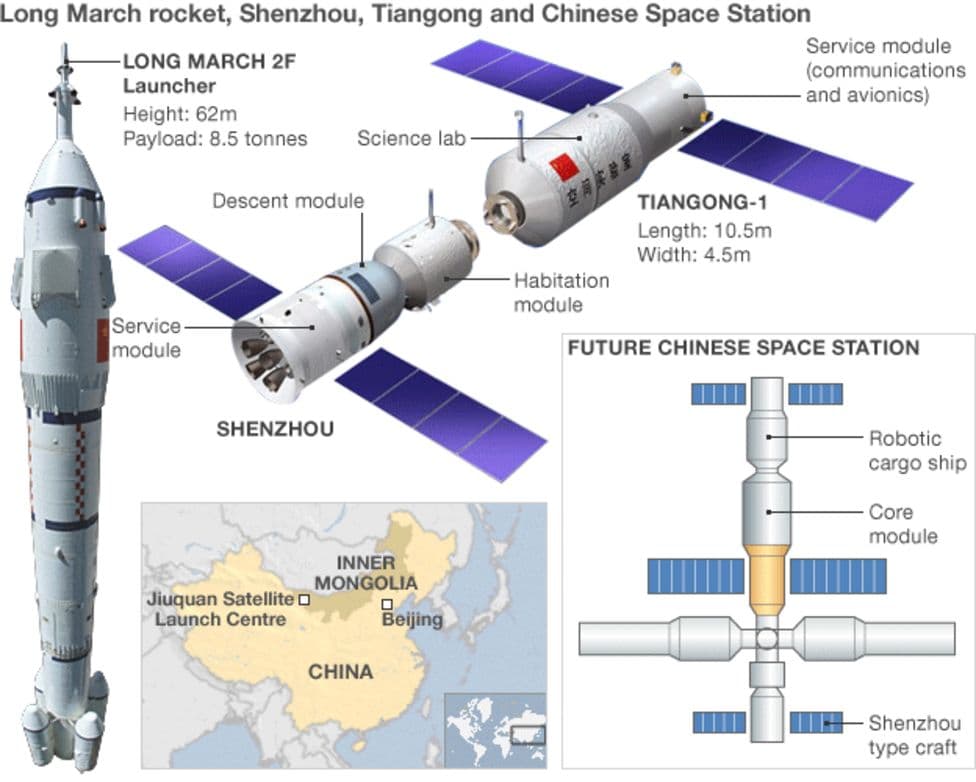Ukraine becomes first European country with Starlink Direct to Cell
Kyivstar and SpaceX announced the launch of Starlink Direct to Cell service across Ukraine, promising basic SMS connectivity in areas without terrestrial coverage. The move is presented as an emergency resilience measure during the war, with voice and light data planned for expansion in 2026.

Kyivstar announced on November 24 that it had begun offering Starlink Direct to Cell connectivity across Ukraine in partnership with SpaceX and its Starlink network, making Ukraine the first country in Europe to provide the service to customers. The initial rollout enables the sending and receiving of basic text messages on standard Android 4G phones outdoors in areas that lack traditional mobile coverage.
The company said the new network, branded Kyivstar SpaceX, would not incur additional charges for subscribers on existing tariffs during the testing and initial phase. Kyivstar also disclosed clear technical limitations at launch. The service supports only SMS at this stage, is compatible with Android 4G handsets, requires outdoor conditions for reception, and excludes occupied territories, border zones and active combat zones. Kyivstar indicated that voice calls and light data capabilities are planned for later phases and signaled further expansion during 2026.
The deployment responds to repeated attacks on Ukraine's communications infrastructure since the Russian invasion, which have left communities and emergency services vulnerable when terrestrial networks fail. Officials and Kyivstar executives described the satellite based link as a resilience measure intended to sustain vital communications during extended blackouts and infrastructure outages.
Satellite to handset technology routes messages directly from low Earth orbit satellites to consumer phones, bypassing damaged or unavailable ground stations. In Ukraine the initial focus on SMS reflects a pragmatic approach, since short text messages require far less bandwidth and are more tolerant of intermittent connectivity than voice or data. The outdoor requirement stems from the need for a clear line of sight to satellites and from the modest antenna capabilities supported by existing handsets.
Offering the service at no extra cost during testing removes an early financial barrier for users, and aligns with government and private sector efforts to preserve civilian communications amid wartime conditions. Kyivstar and SpaceX said they will expand capabilities and coverage over time, but the companies also warned that certain frontline and occupied areas remain out of scope for safety and regulatory reasons.
The rollout raises practical and strategic questions. For everyday users, the capacity limits and requirement for outdoor reception will restrict the service to emergency messaging and basic coordination rather than routine internet use. For authorities and humanitarian organizations, satellite based SMS could offer a resilient alternative for alerts, logistics and victim support during outages.
There are broader implications for national infrastructure and sovereignty. Relying on a commercial foreign satellite operator introduces dependencies that will need balancing through regulation, oversight and contingency planning. Kyivstar has positioned the pilot as a temporary protective layer while the company and regulators evaluate further technical, security and commercial arrangements.
As Kyivstar and SpaceX move into the next phase, the success of the program will hinge on how quickly the partnership can expand services to include voice and data, how effectively it can manage coverage around conflict zones, and how regulatory and security concerns are addressed as the technology becomes more deeply integrated into national communications.


